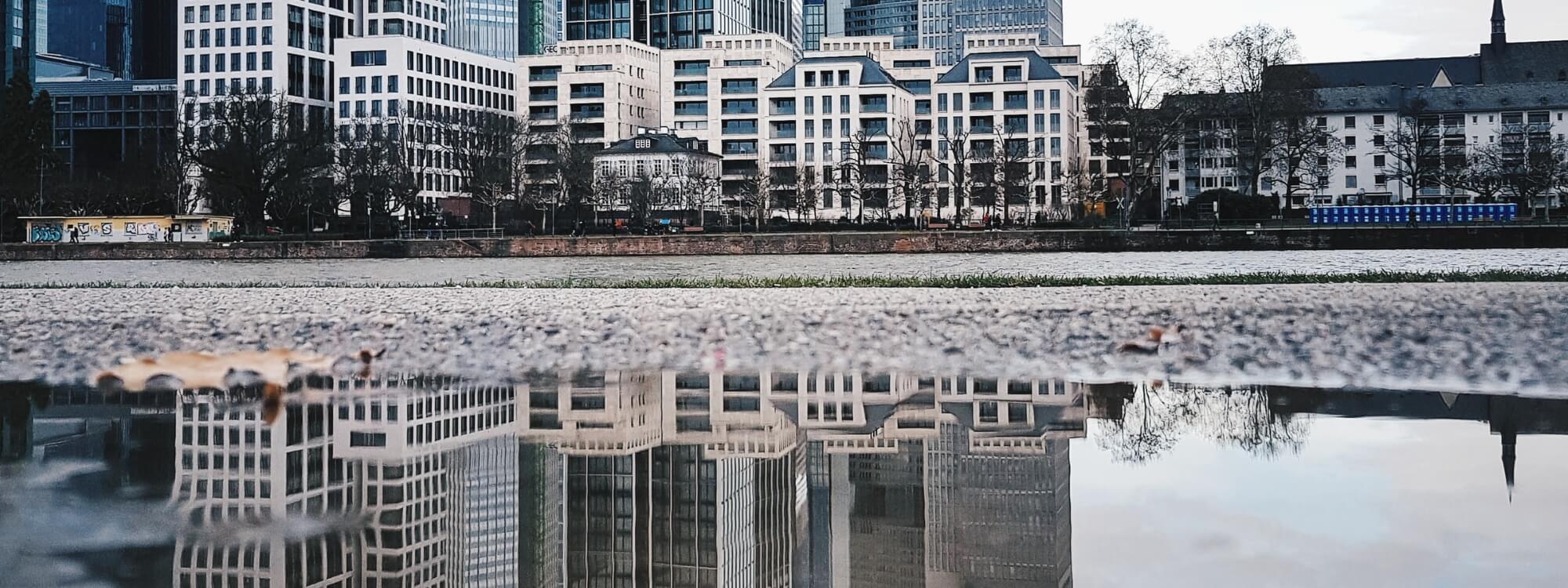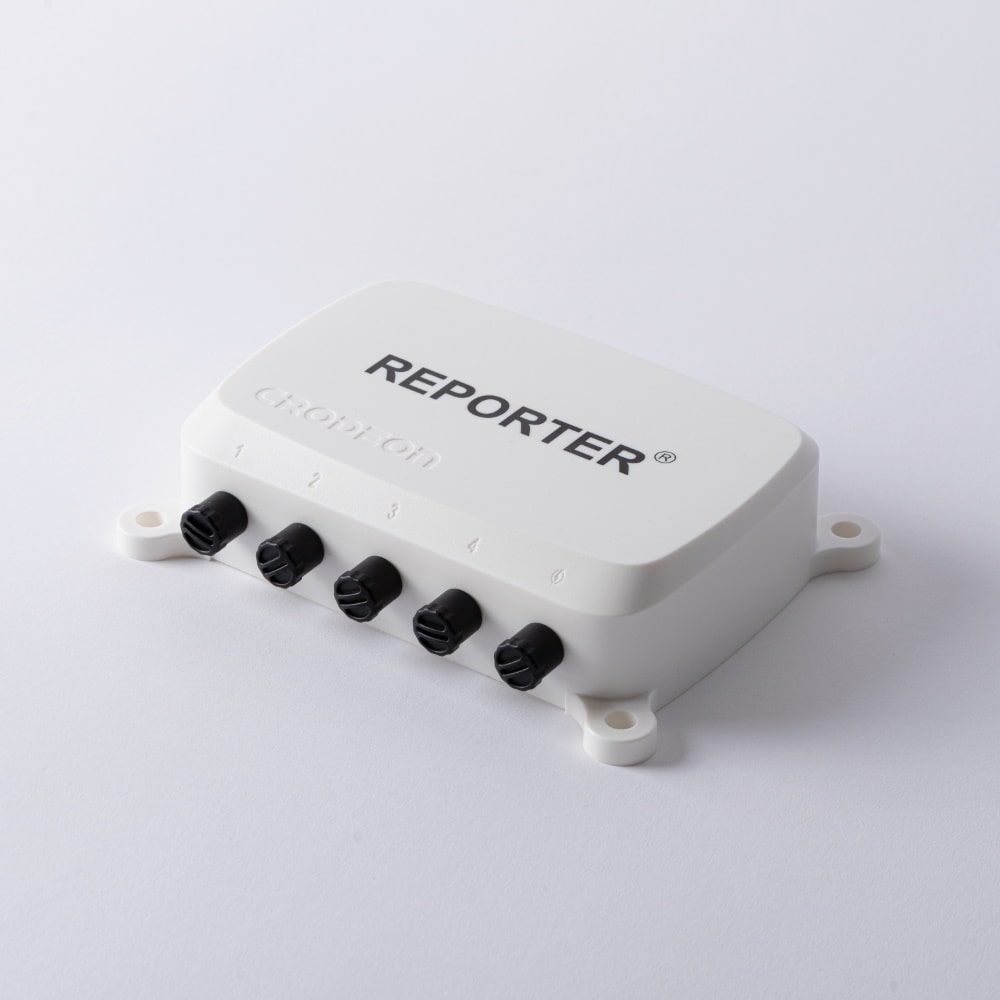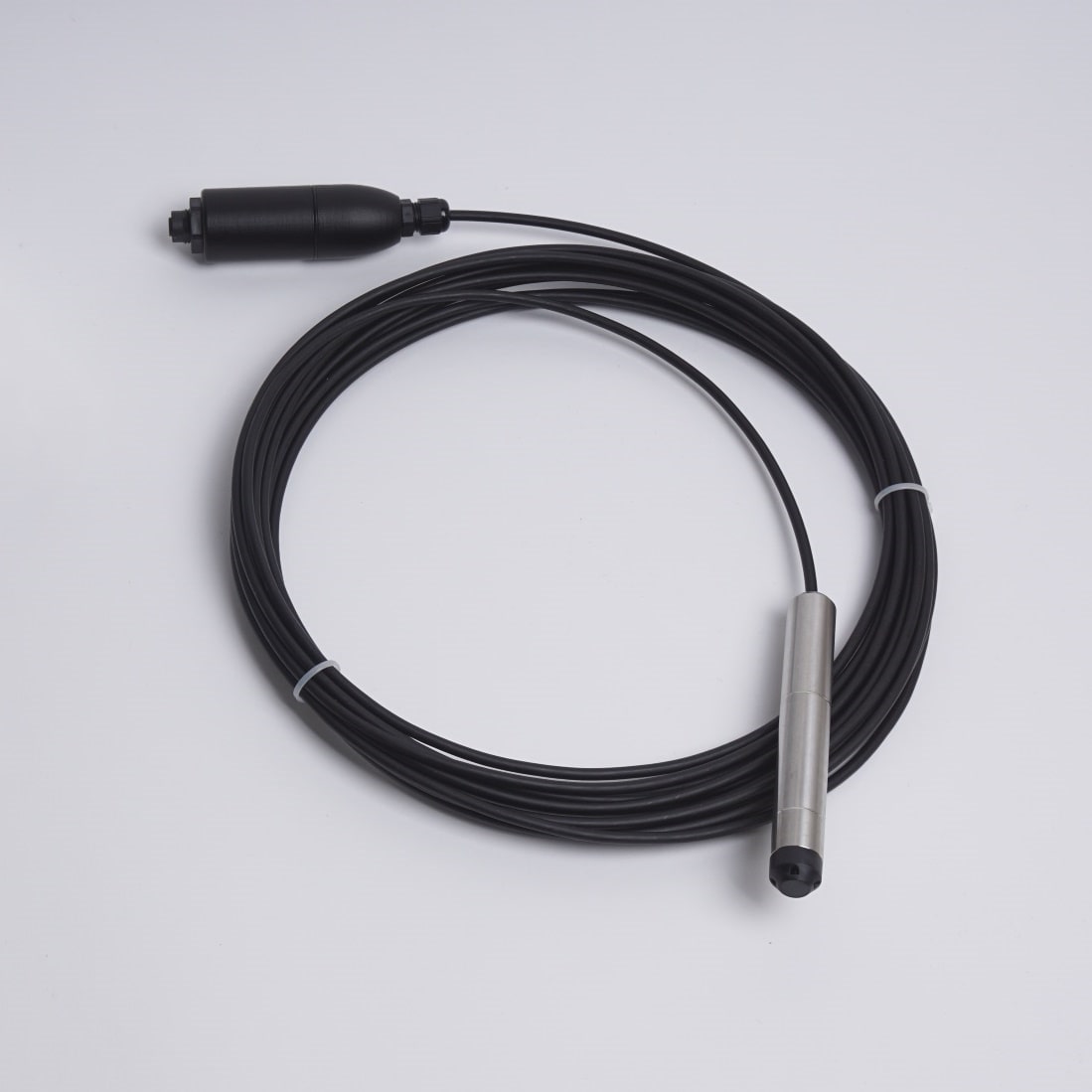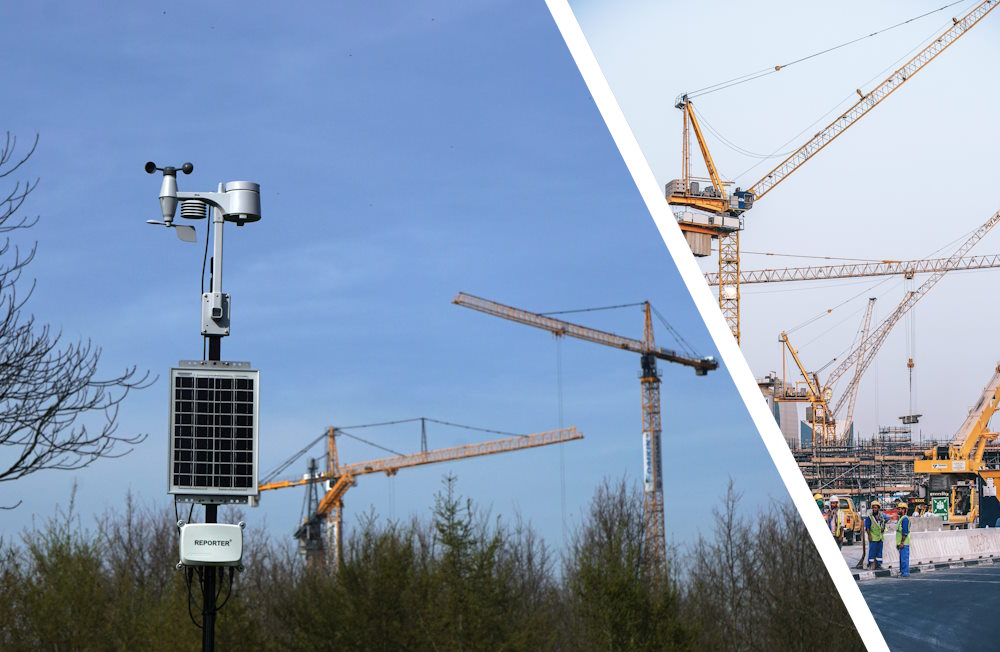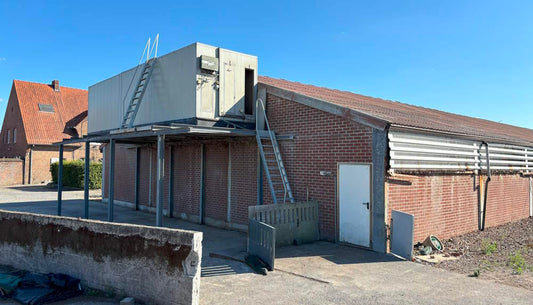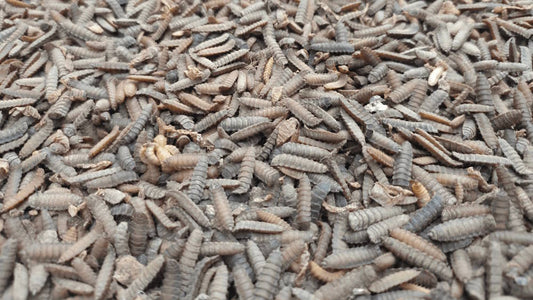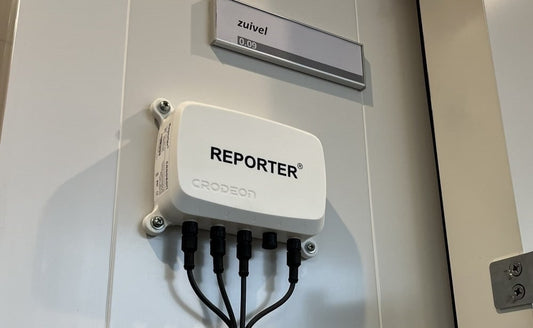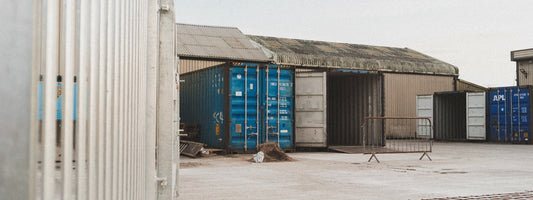How groundwater level affects cracks and tears in buildings

Cracking walls and tearing foundations have become a serious problem over the last few years. When monitoring cracks in structures or walls with a linear potentiometer, it's worth the effort to simultaneously measure the local groundwater level. This often gives some valuable insights regarding the root cause of the tearing.
Especially in Europe where we heavily rely on our groundwater reserves, ground subsidence has become a major issue. Sadly, the depletion of these finite water sources causes an abundance of problems that affect everyone.
In this blog, we'll look at why it's important to monitor structural cracks, how groundwater level can affect cracks, and why it's useful to measure and monitor these two parameters at the same time.
The importance of crack monitoring
Whenever a significant tear gets spotted it must be measured and monitored to see if it grows or closes. Cracks that are ignored can later become big problems as they threaten the stability of the structure. Cracks in masonry or concrete can have many causes, but in the last few years, an influx of drought-related tearing has occurred.
How to measure cracks in walls and foundations
Cracks are often measured and monitored by keeping a manual log filled with manual measurements. This practice is labour-intensive and time-consuming, sadly it's also not as accurate as automatic and digital measurements are. Tears in buildings tend to fluctuate based on certain environmental factors such as temperature and moisture. Meaning that cracks can widen during the day and shrink during the night, or vice versa.
Monitoring cracks with a linear potentiometer
A linear potentiometer (or crack meter) is a device that measures when and how much a crack grows. Potentiometers are often used to monitor cracks in the walls or foundations of buildings and constructions like houses.
A digital and automatic potentiometer will keep an extensive data log that makes data gathering for your studies a piece of cake.


The graph shows a crack in a wall that was measured for a year. Noticeable is the increase in width in winter.
How low groundwater level affects cracks and tears
Groundwater level too can influence the measurement of a crack, albeit in a slower way, as the Benelux has recently become aware of. Groundwater has been extracted for decades using pumps or wells to use the potable water from deep layers for consumption or irrigation control. However, when groundwater is extracted faster than it can replenish (due to precipitation) the clay and silt layers in the deep soil start to shrink due to desiccation. This shrinkage comes to light as land subsidence.
As the soil beneath a house or building starts to shift and sink, the foundation and walls try to find a new form of equilibrium that often results in tearing. These tears are called subsidence cracks.
The dry summers of the last couple of years have greatly impacted the groundwater level in many areas. A shortage of rain has caused the depleted reserves to fill back up too slowly and the dried soil to be unable to rehydrate and expand. In the meantime many (illegal) boreholes and wells are still used to extract more groundwater, leading to even more aquifer subsidence.
Importance of groundwater monitoring for crack measurement
Measuring cracks without keeping an eye on the groundwater levels paints only half a picture as you cannot follow up on how lowering groundwater levels would potentially affect the growth of cracks.
Groundwater level monitoring can even warn you that your tears might soon become worse, giving you more time to look for a way to protect the structure that you're monitoring.
Automatic measuring and logging of groundwater level and tear width
That cracks in walls are often related to land subsidence is a sure fact. But simultaneously monitoring both the groundwater level and the tear width is a very labour-intensive process if you choose to do it manually.
Automatic measuring using a versatile sensor device on the other hand, helps you keep a close eye on your monitoring project without taking up much of your time.
Introducing Reporter, our versatile remote monitoring solution that lets you measure all the parameters you need, in one device. Reporter is a plug and play sensor module with four connectors. This means that you can connect up to four sensors to one device, for example: a linear potentiometer, submersible level sensor, soil moisture sensors, and another sensor of your choice.
All data in one user-friendly cloud platform
Reporter streams its data to an online platform called the Crodeon Dashboard. This browser-based application is where you will find all the measurements of your monitoring project. You can look at live data whenever you want, wherever you are, as long as you have a device that can access the internet. You can also export historical data that you can analyse in Excel and use for further research. Or, if preferred, you can request an API key and let Reporter send all of its data directly to your own software.
The Crodeon Dashboard is also the place where you can alter any measurement or alarm settings to fully customise Reporter to your needs. For example, you can set an alarm for when the groundwater level is below a certain point or when the subsidence cracks grow beyond a certain distance. You can choose to receive an alarm notification through your phone or email.
The best part might be that as the Crodeon Dashboard is a web app, you don't need to install any special memory-hogging software onto your device(s).
Made for the tech-savvy and the inexperienced
Reporter was designed to make data collection accessible to everyone, regardless of your background. Whether you are a seasoned professional when it comes to technology who just appreciates ease, or if you're someone who is not the biggest tech hero out there, Reporter is the choice for you.
The intuitive sensor device was developed to be as user-friendly as possible, using plug & play sensors that are automatically detected and don't require you to do anything special to guarantee compatibility. Reporter just works, and any sensor combination is possible.

Start your monitoring project now
Tear monitoring for subsidence cracks becomes a breeze with our solution. So are you ready to start your remote monitoring project for automatically measuring structural cracks in combination with groundwater level? Don't wait any longer to experience the ease of Reporter.
Don't hesitate to contact us if you have any questions.
Sources & read more:
Grondwatertekort. (n.d.). Informatiepunt Leefomgeving. https://iplo.nl/thema/water/beheer-watersysteem/grondwatertekort/
Land Subsidence | U.S. Geological Survey. (2018, October 9). https://www.usgs.gov/special-topics/water-science-school/science/land-subsidence
NOS. (2022, August 13). Verzakking door droogte dreigt: “Tot een miljoen kwetsbare huizen.” NOS. https://nos.nl/nieuwsuur/artikel/2440353-verzakking-door-droogte-dreigt-tot-een-miljoen-kwetsbare-huizen
VRT. (2021, March 10). Pano: Droog Vlaanderen. https://www.vrt.be/vrtnws/nl/2021/03/10/pano-droog-vlaanderen/
VRT. (2021, March 11). “30 jaar betalen we, nu zeggen ze nee”: waarom komen verzekeraars niet tussen bij schade door droogte? https://www.vrt.be/vrtnws/nl/2021/03/10/droog-vlaanderen-verzekering/
Ruggeri, A. (2022, February 24). The ambitious plan to stop the ground from sinking. BBC Future. https://www.bbc.com/future/article/20171130-the-ambitious-plan-to-stop-the-ground-from-sinking
Van Den Born, R. (2021, April 20). Beter waterbeheer moet verzakking huizen en monumenten voorkomen. https://www.weer.nl/nieuws/2021/beter-waterbeheer-moet-verzakking-huizen-en-monumenten-voorkomen
Wikipedia contributors. (2023). Groundwater-related subsidence. Wikipedia. https://en.wikipedia.org/wiki/Groundwater-related_subsidence
FAQ
What is ground subsidence?
The (over) extraction of groundwater causes deep soil layers to desiccate. This happens when water is extracted faster than it can be replenished by nature. As these deep soil layers shrink, the surface soil appears to sink or subside.
Why does groundwater depletion cause subsidence cracks?
Low groundwater levels and groundwater depletion cause clay and silt in the deep underground layers of the soil to shrink. This shrinkage in itself causes the surface soil to sink or subside.
When a structure, building or house is constructed on this unstable soil, the foundation and walls may start to shift and tear. When a building or structure starts to crack due to sinking soil we call this subsidence cracking.

